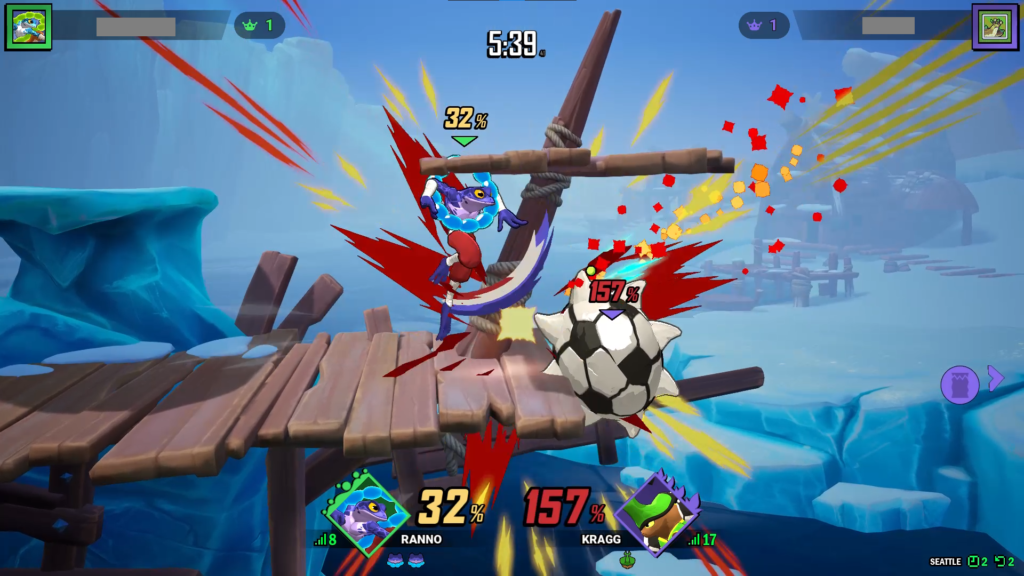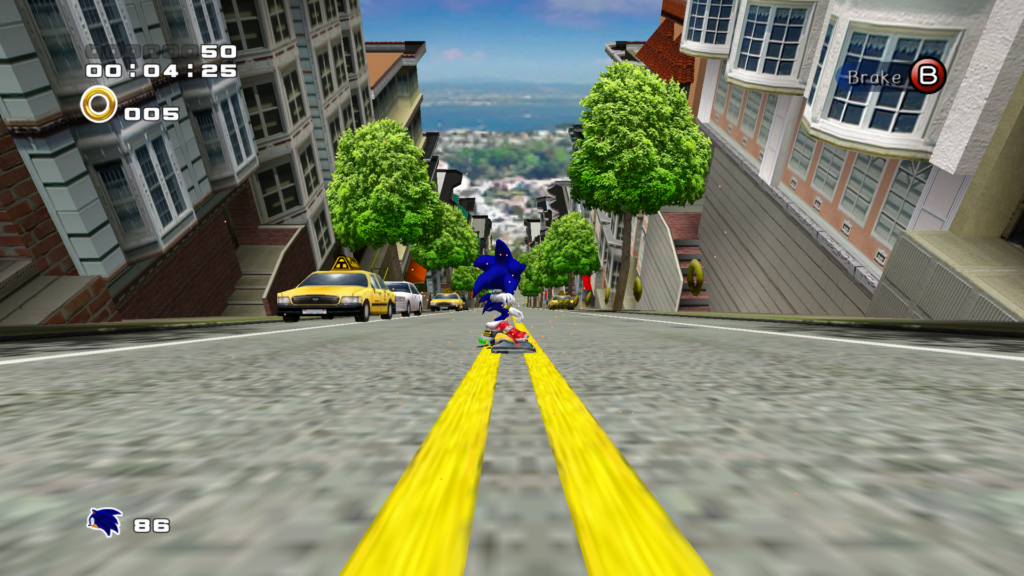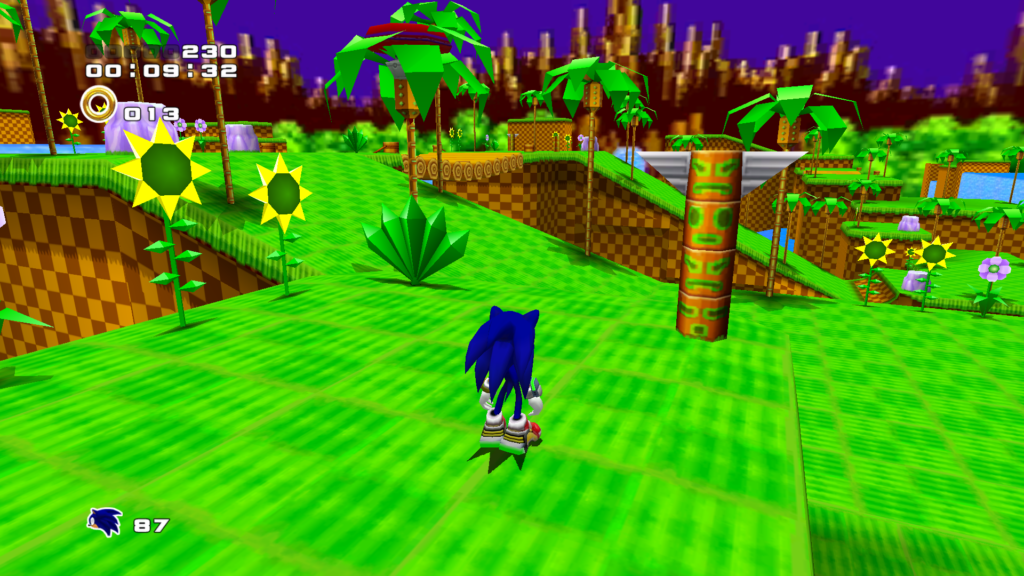I write these blog posts about the intersection of law, business and games. Sometimes though, I just want to write about games, so I figured that I would end the year by writing about my personal games of the year for 2024.
Much like The Game Awards’ odd rules for GOTY inclusions, I’m establishing some rules here. These are the games that defined my year. They don’t have to have been released in 2024, or even received any updates, they’re just the games that I played in 2024. A game that released this year is equally eligible for inclusion as one that released in 2001.
With that out of the way, here are my picks for my personal games of the year for 2024.
Rivals of Aether II
As much as I’m a fan of fighting games1, I’m not big on platform fighters, especially competitively. Hot takes ahead.
I like Smash Bros for its wacky stages and fun interactions with items. The competitive scene strips all of that away in the name of competitive integrity, and while I think it’s super cool that they’re able to make a competitive game out of it, the game occasionally buckles under the weight of being played as something it really wasn’t designed for. As a result, I don’t think it’s very fun to play or watch.
Rivals of Aether is an exception to that for me. It’s a game that’s actually designed to be a competitive platform fighter in the same vein as Smash Bros Melee. I describe it as if Smash was made on purpose. While I didn’t get super invested in the first one, mostly playing with my brother in law when we visit, it’s a fantastic time.

Rivals II makes the jump from 2D pixel art (which looked great) to 3D models. One big reason for this was because a new costume when working with 2D sprites is almost as much work as the art for a new character. Now characters can have alternate costumes much more easily, something the game is pretty generous with.
The big gameplay addition from Rivals 1 is shielding and ledges, which brings it more in line with what people know from Smash. This is also a gameplay change that was facilitated by the jump from sprites to models. It took some getting used to and being more like Smash Bros wasn’t something I was initially thrilled with, but I think that Rivals’ take on it, especially with ledge specials and special pummels, creates some very cool play space.
Online is also fantastic, something that I’ve never been able to say about Smash Brothers. They’re working some black magic behind the scenes to make the server-based rollback feel as good as it does even when your opponent is playing on a terrible connection.
During this game’s launch period, my local scene ran a Kickstart League to get new players into the game. I participated and helped organize it, with players playing in teams of 3 so you’d have a team to improve with you. It’s a fun time, and I’d encourage anyone looking to get into these types of games to look into their local scene.
The game is good, and it’s only going to get better from here with new characters that will be free updates rather than paid DLC. This is a welcome change in a genre that normally has you buying the game, buying new characters, and selling you costumes on top of that.
Honorable mention here goes to Street Fighter 6, another competitive fighting game I played a lot this year.
Sonic Adventure 2 Battle
I played this game a lot as a kid. It was the game that made me want a GameCube. With the third Sonic the Hedgehog movie coming and the game being in my library on Steam, I figured I could 100% the game before the movie came out.

Each of the game’s 31 stages has 5 missions to complete for an emblem. To 100% the game, you have to beat each of those missions and get an “A” rank on each one, which means you need to pass a certain score threshold. There are also a handful of other side objectives to complete like the Chao Garden and kart racing for a few more emblems to hit an even 180.
It’s a daunting task, but something I find very interesting about the process is how the game evolves as you try to get every emblem. Some of these stages aren’t super hard, but getting that “A” rank means you need to master the flow of a level. Some of the levels that are otherwise unremarkable (the ones where you play as Tails and Eggman in particular) are incredibly satisfying when you finally pull off that perfect run.
There’s occasionally some nonsense or some poorly thought out mechanics, but most stages take on a new flavor when you try to perfect them. I like it when a game evolves alongside your skill. Stages that people often complain about become much better as you play them on their terms and understand the rules of the stage.
Sonic Adventure 2 Battle isn’t a perfect game by any means. There are things I would change to make the completion experience smoother or more interesting. But I still hold it up as one of Sonic’s best games, and one that is still as fun and iconic as when it launched.

Honorable mention goes to Dr Robotnik’s Ring Racers, a kart racing fan game that is very good when you get the hang of its dense mechanics. While I have stated that most fan game developers would be better off making an original game so that their efforts are more efficiently placed, I do think fan games are cool and well done.
UFO 50
It’s a small miracle that this game even exists, much less that it’s really good.
UFO 50 is a collection of 50 small games in one package. The developer, Mossmouth, says that they aren’t developers, but preservationists who found some old games for the fictional LX console and are preserving them. Games in the collection are developed by a team of developers with very impressive past works.
The truth that they made 50 games and packaged them together is even more impressive. They’re not mini games you’ll play for a minute or two either, they’re full small games which each have unique ideas and mechanics. They’re all tied together with a menuing system and a shared aesthetic that comes from the fictional console the games are made for.
Just making 50 games like this would be impressive on its own, but the fact is that these are mostly all really good games too. There’s quality stuff here. It’s really a testament to the organization and game design skills of the developers, not to mention the insanity.

A few games in here that are some of my favorites:
- Party House is a deck builder where you throw parties and use the popularity from those parties to add more people to your rolodex so you can throw better parties, trying to throw the ultimate party in 25 days. You have to be careful to not have too much trouble at a party or you’ll get nothing in a push your luck style mechanic.
- Campanella, Campanella 2, and Campanella 3 are a trilogy of games, where the first is an arcade style game where you pilot a UFO through several small stages, the second is a roguelike-ish game where you get in and out of your ship (and is Spelunky 3 in a lot of ways) and the third is a take on Star Fox. Big Bell Race even reuses the mechanics in a competitive racing setting.
- Seaside Drive is a very cool arcade shooter where you charge your gun by drifting, meaning you always have to stay mobile.
There are a lot more that are very good here. Most of the games are some unique take on their respective genre, making it feel simultaneously modern but also authentically retro.

I think that the most impressive part about UFO 50 is that if you played the games here you’d have totally different favorites than me. I’ve seen people praising games that I thought were only okay, and I’ve really liked games that other people really didn’t. Someone described it as “Game of the Year and 49 other games included” and two different people could nod in agreement over two totally different games.
The game starts with the phrase “PLAY FOREVER” and honestly it feels like you really could. There’s a lot to uncover.
Supervive
Supervive shouldn’t work for me. It’s best described as a battle royale (think Fortnite or Apex Legends) by way of a MOBA (Think League of Legends or DOTA 2) with a little bit of Smash Brothers influence in that you can knock opponents off a ledge and spike them into the abyss. I only kind of like each of those. But it turns out that I like the sum of their parts a lot more.
The game is developed by many former League of Legends developers who formed their own studio, Theorycraft Games. I even mentioned such studios when I talked about non-compete agreements earlier this year. The studio is formed with the intent of making 10,000 hour games, the kind of deep games that you can really take time to get good at and yes, theory craft new strategies.
Supervive makes some very smart decisions to make its design work. Unlike League of Legends, it’s controlled with WASD to move and clicking to fire at your cursor. You have limited vision in the fog of war, but you also have a cone of vision where you’re looking. This means that whenever you’re fighting a monster you’re somewhat blind to another team that could be sneaking up behind you. Characters have a kit of abilities, unlike most battle royales where you would find weapons that define your attacks, which is more like a MOBA.
There are also gilders. The gliders enable some fun moments since getting hit while gilding spikes you downwards, often into the abyss below the floating islands where the game takes place. They also conserve momentum, so it allows you to do some smooth movement, or “schmovement” as it’s called, by chaining movement options into one another.

The top down perspective also means that fights are a lot easier to understand as both a player and as a spectator. I never understood the push for competitive events for most battle royales since the spectator experience is so miserable, but this makes a lot more sense.
Where it really shines is in its powers and consumable items. These can have a range of powerful effects, which can let you set up ambushes or just generally get the edge in fights. There are some cool options here, and the developers have hinted that they’re starting with the tamer options so people can learn the game first. While I admit that it’s a little overwhelming for new players, it goes back to that 10,000 hour philosophy. You’re not intended to master it all at once, but to have an aspirational goal. I like that in games, especially competitive ones.
The game is still in early access and the developers are committed to developing the game in the open with the community. It’s a fun time with each game playing out differently, and it’s only going to get more interesting as things progress. It’s especially fun if you can play it with friends since you always have the potential to make cool things happen together.
Honorable mention goes to Marvel Rivals, another competitive shooter with very cool ideas that came out only recently and I anticipate playing a good amount of next year.
Monster Hunter World
I got hooked on Monster Hunter last year when my friend who’s already deep in the Monster Hunter trenches suggested I pick it up. Game is very good.
Monster Hunter is a game about fighting and killing monsters and then using their parts to make weapons and armors to kill bigger monsters. It’s all framed as a conservation effort, just don’t think too hard about that part.
The gameplay itself is sort of like Elden Ring or Dark Souls where you attack with generally long animations while dodging incoming attacks from the monster, which you’re expected to learn and master over time. Unlike those games, you’re intended to win the fight most of the time.

While I’m generally not a huge fan of games with a long grind (I really don’t like most RPGs for this reason), Monster Hunter doesn’t feel repetitive. Each monster has unique attack patterns and behaviors to master and overcome, and it seldom feels like you’re stuck without making meaningful progress. Hunts often have the potential to go in interesting directions all the time, and there’s great variety even when you’re fighting the same monster.
Honestly, I could go on about how the game invites you to master its various systems, or how each weapon class feels totally distinct but useful in its own way, (I use the insect glaive) or how the game does a great job of keeping your next goal in sight, or how I’m still seeing new monsters this far into it. My wife and editor also says I have to mention how cute the cat companions called Palicos are. It’s enough for me to say that if you’re into this kind of game, it’s very good, though it does start a bit slow.

And hey, it’s all built with co-op in mind, which always takes a great game and elevates it even higher.
Yes, I am very much looking forward to Monster Hunter Wilds next year. It could have been just more Monster Hunter World and I would be happy, but it looks like it’s evolving the series in some great ways. I’m still waiting for them to confirm that the best monster, Pukei-Pukei, will be in the game.
- If you look back at the posts on this blog, you’ll notice that I do reference fighting games as examples and screenshots a disproportionate amount relative to other genres. ↩︎

Leave a Reply